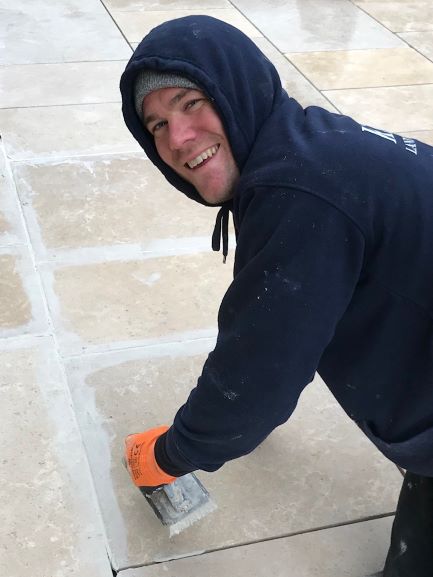
When it comes to laying a patio, there are many jointing compounds or grouts you can use to fill the gaps between your paving units: from simple sand and cement mortar, to two-part epoxy resins like GftK VDW. Each product has some important differences which means they are not simply interchangeable.
When selecting the best grout for our own landscaping jobs, our team of installers always considers a number of factors: the type of paving, the base and bedding layer, aesthetics, lifespan, weather conditions and of course the budget.
If this all sounds like a lot to think about, don’t worry. In this blog, Kebur Business Partner David Booton takes you through the pros and cons of each type of grout on offer, leaving you more confident in choosing the right product for your project.
Some general rules about paving grout
Each of the five types of paving grout below tends to have certain properties which we’ll go through. However, each manufacturer’s instructions will vary. So do always read these carefully before buying and applying a product.
You can generally use any paving grout on a permeable sub-base, but only a few are suitable for a non-permeable base such as concrete.
Porous and sawn natural stones can be prone to staining and picture-framing when applying any jointing compounds or paving grouts. These problems can be very disappointing and costly to put right. We strongly advise that the best way to protect porous paving stones like honed sandstone and granite is to pre-seal your paving before you install it.
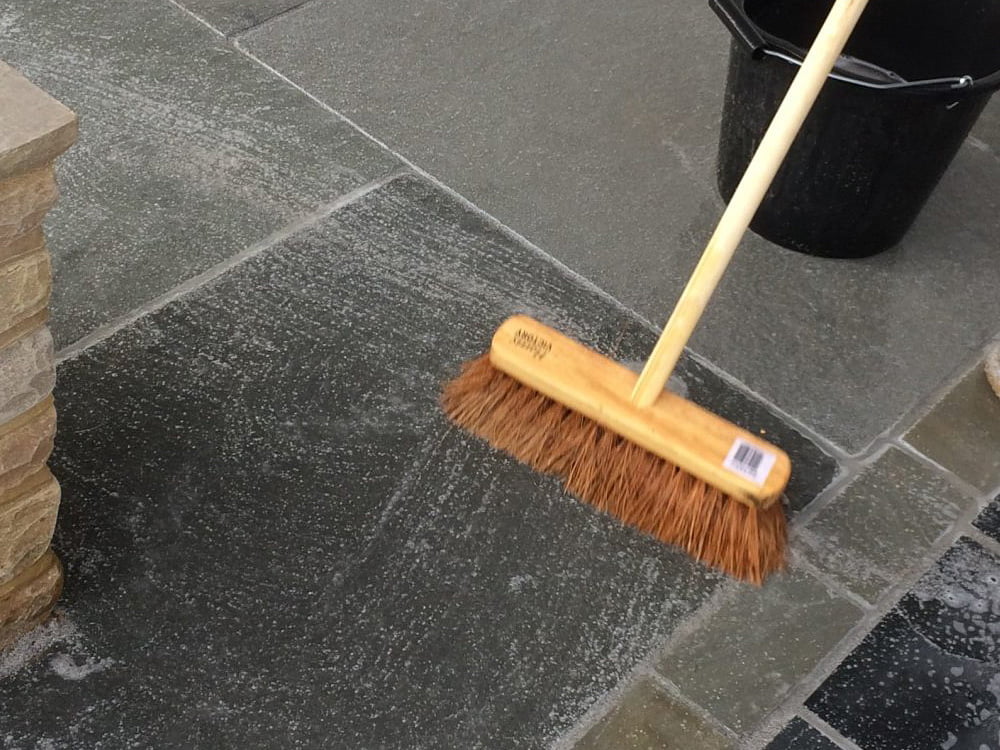
Single part polymeric compounds
For a versatile option that you can use with most types of paving, consider single part polymeric compounds like Joint-it and EasyJoint. They are quick and easy to apply by wetting the paving thoroughly first, adding the dry compound and pushing it into the paving joints with a squeegee and a brush.
Although single part polymeric compounds are designed to be swept and left, we find we get a neater finish when we run a jointer over the material once it has dried a little. But don’t press too hard as this can cause overspill around the edge of a slab. Some single part jointing compounds like GFTK Patio Grout are self-compacting so don’t need to be pushed in with a jointing tool.
Generally quite cost effective, single part polymeric compounds come in a variety of colours to match paving. To get the best lifespan out of this type of jointing compound, install with a permeable mortar bed and sub-base. And jet wash sparingly, avoiding direct contact with the joints.
Two-part epoxy resins
Two part epoxy resins like GftK VDW are made up of a sand-based aggregate and a resin that you mix on site. You then apply the resulting slurry to your joints with a squeegee and a brush. Keeping the paving wet while you work is essential.
The resin hardens the aggregate, making it more durable and suitable for jet washing, for example. Although these resins tend to be more expensive than other options, they can have a lifespan of at least 10 years.
Two-part epoxy resins are available in different colours to complement your paving choice. It is especially important to seal permeable natural stones before installation. This is to prevent resin getting into the stone and leaving an epoxy film over the surface of the slab.
As a sand-based product, two-part epoxy resins have a granular appearance. Some, like VDW 815, have a finer texture, which is more suited to contemporary and porcelain patios. We suggest you have a minimum of two people to apply the product because you will need to work quickly.
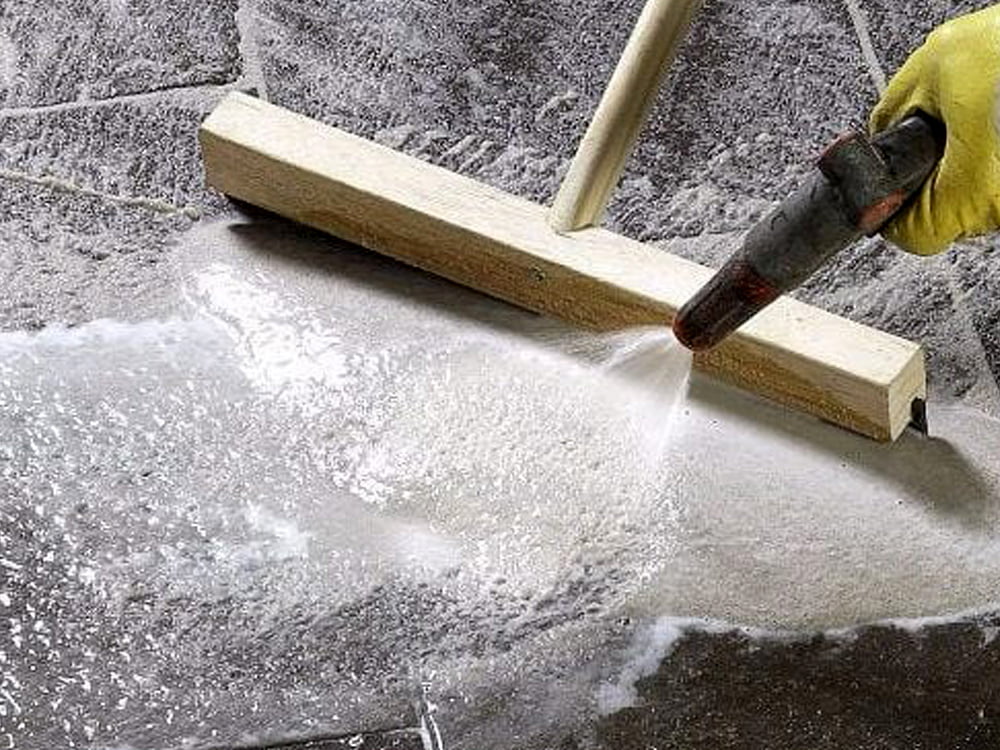
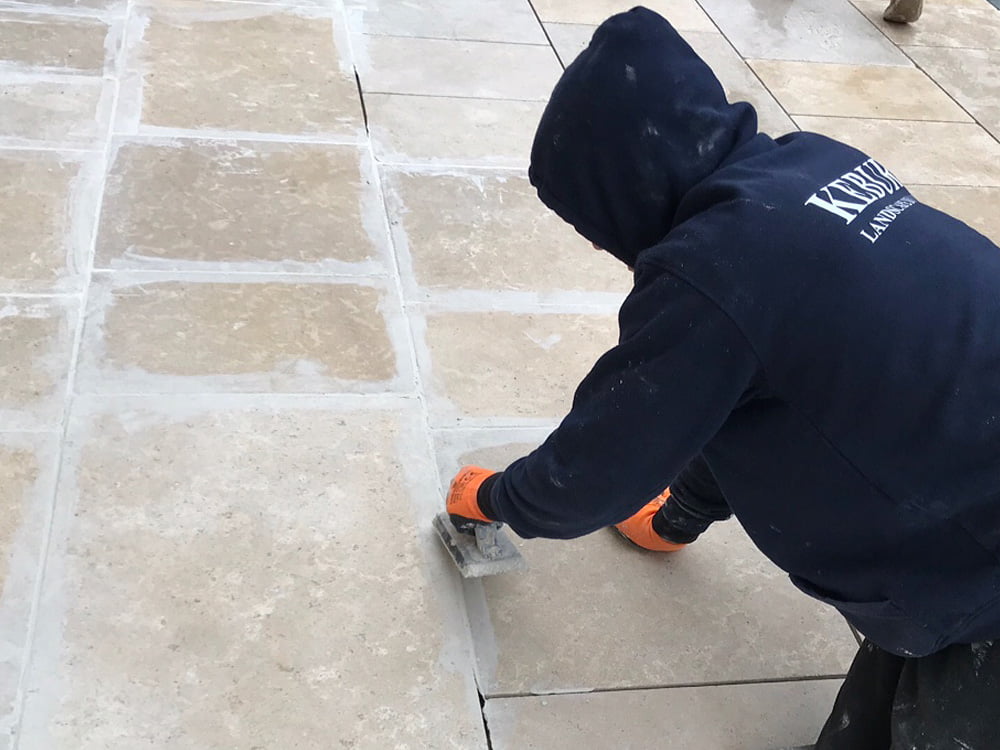
Exterior tile grouts
To apply an exterior tile grout you mix the contents of the bag with a specific ratio of water and apply to joints with a grout float. Although this requires a little practice and is more time consuming than brush in paving grouts, exterior grout is easy to apply once you know how.
For the best finish, joints should be as dry as possible with no standing water sitting in them when you apply the paving grout. You’ll need to wipe surfaces clean with a damp sponge within 30 minutes, so we recommend you have a minimum of two people to do the job. Sponge off diagonally across the joints to avoid dragging any of the paving grout out.
A cost-effective option, there are usually a number of colours of exterior tile grout to choose from. Because they give a sleek, smooth contemporary look, these grouts tend to be better suited to contemporary sawn-edged natural stone or porcelain. Jet wash only sparingly and avoid direct contact with paving joints.
Cementous-based slurry paving grouts
With these pre-mixed paving grouts, like Flowpoint and Fuga-pave you just add water on site. Squeegee the resulting slurry into the joints and clean off thoroughly after 30 minutes. As this is a wet application, the slurry goes in very easily. The advantage over single part polymeric grouts is that the slurry forms a slightly stronger bond and is suitable for both permeable and non-permeable bases.
With a little practice, slurry paving grouts should be quick and easy to apply. Again, we recommend a minimum of two people for speed.
The joints should last at least 10 years and can withstand jet washing. There are, however, limited colour options and a slightly granular appearance which may not suit all projects.
You will also need to make sure you have a run-off to take off the excess when you are applying the paving grout, as it cannot go down a drain.
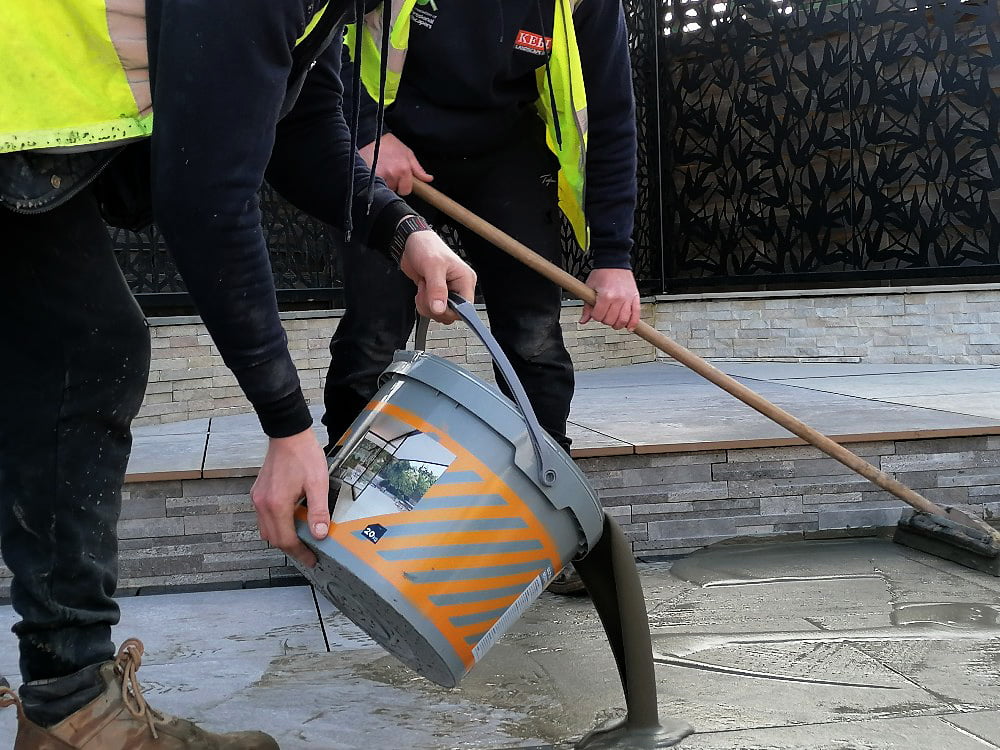
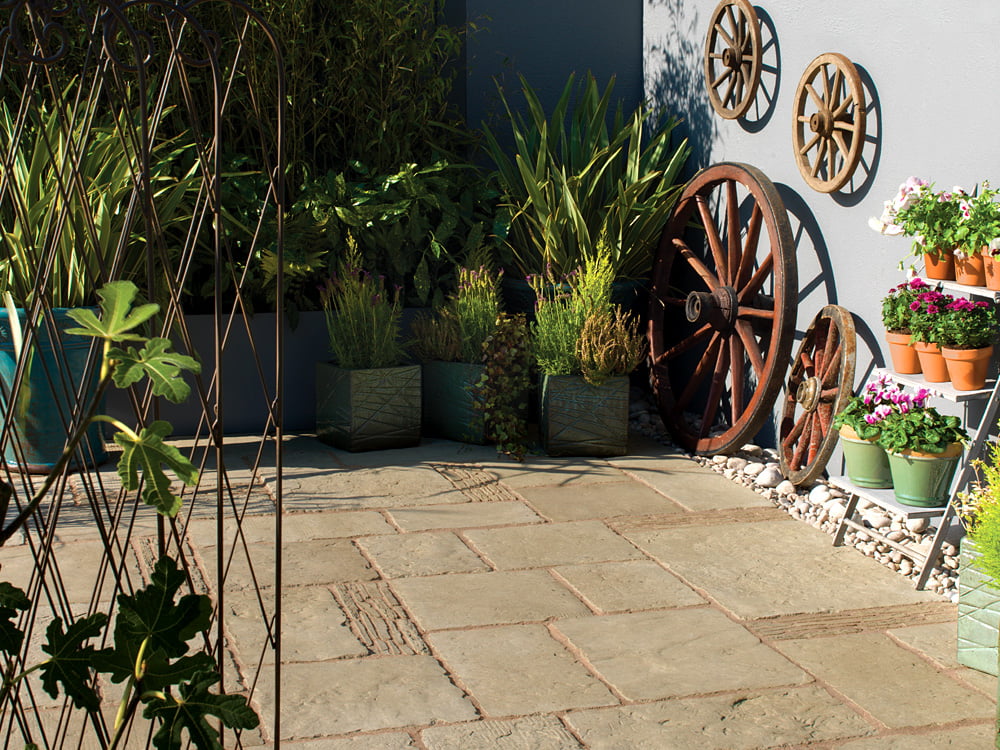
Traditional mortar
This method uses a sand and cement mix that is applied by hand with a pointing trowel. You can use mortar mix on a permeable or non-permeable base. The appearance tends to suit traditional types of paving like hand-cut natural stones or reconstituted concrete paving like Bradstone Old Town or Thakeham Riven Edge.
Unlike other grouting products, you can use a traditional mortar mix to point in different styles such as bird beak or weather strike. There are limited colour options, although building sand can be used for a less coarse appearance.
Whilst it is inexpensive in materials, traditional mortar can be more time consuming to apply than other grouts. It can’t be applied in wet, cold, or excessively hot conditions as it can dry out quite quickly. When installed correctly, mortar joints can last many years, though we recommend you use a jet washer sparingly.
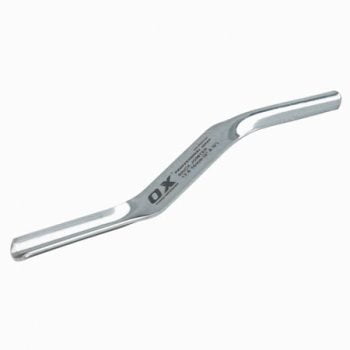
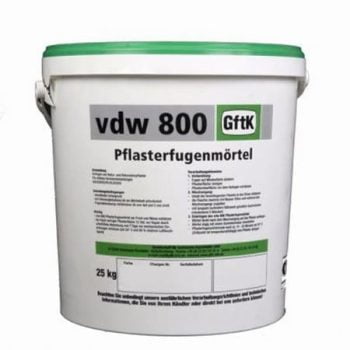
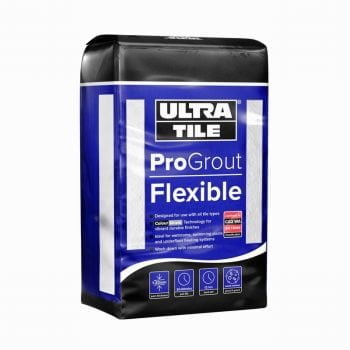
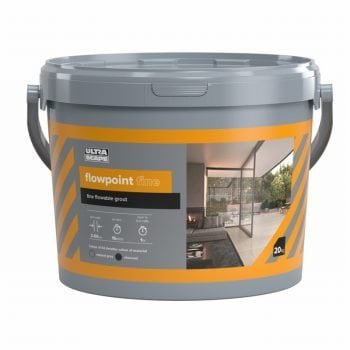
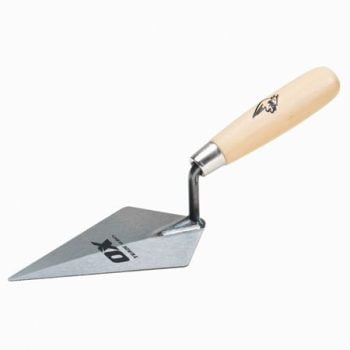
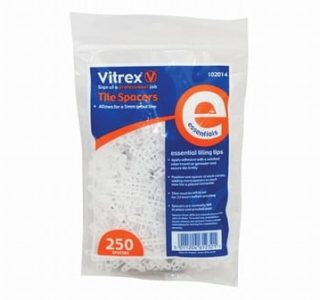
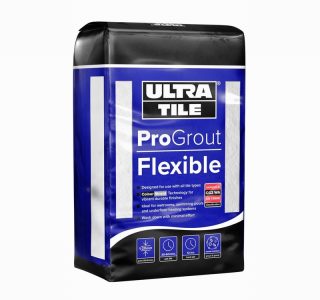
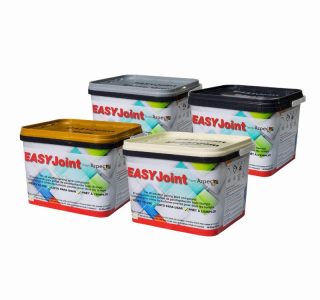
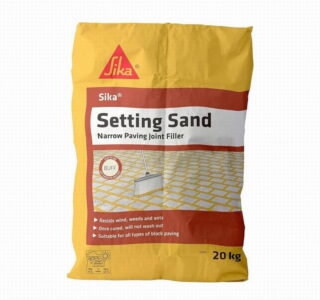
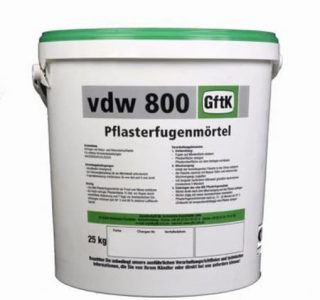
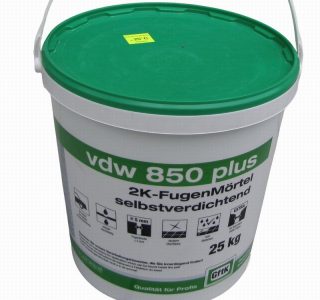
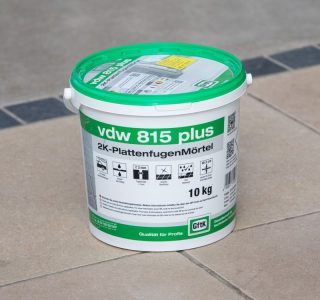
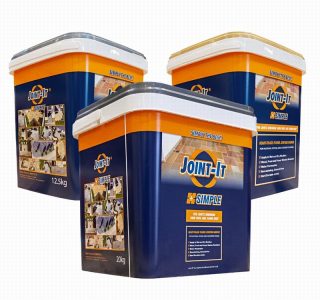
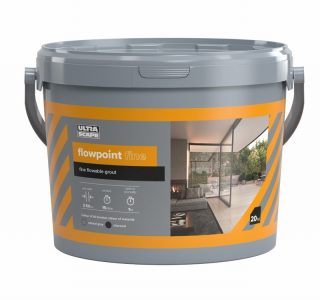
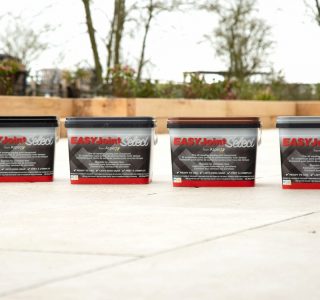
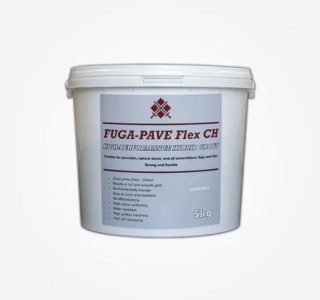
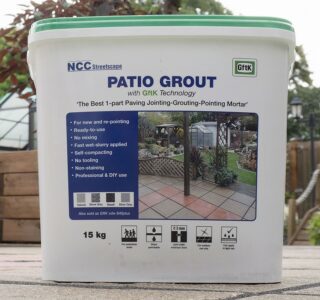
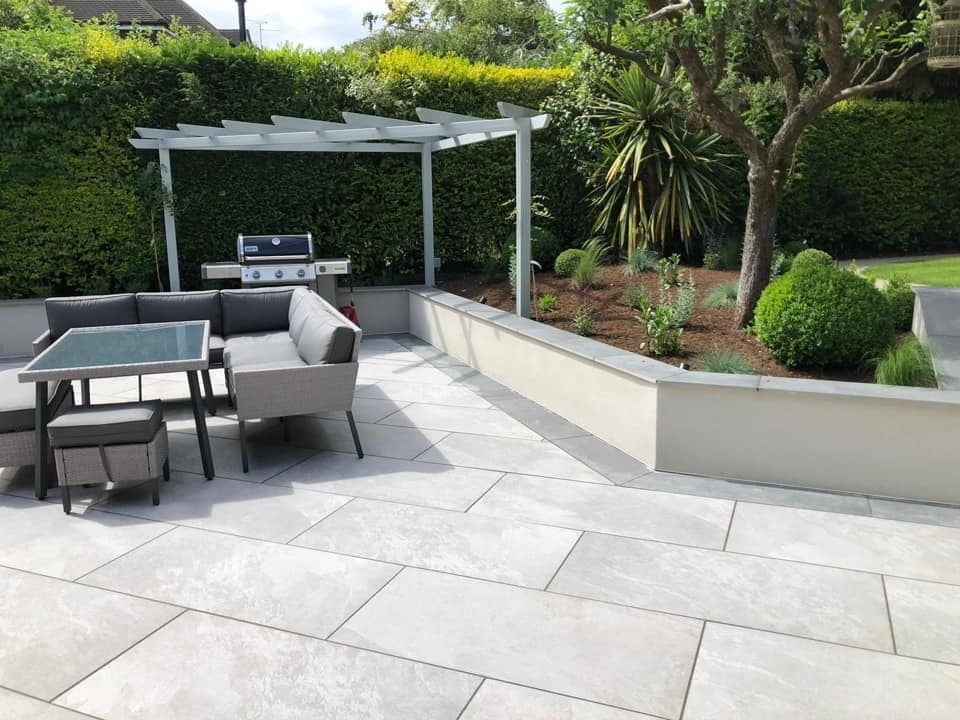

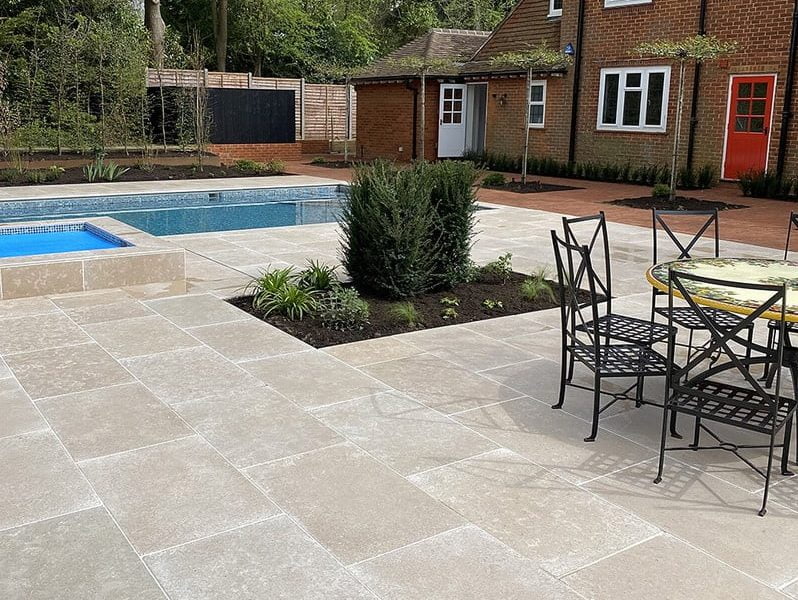
Apparantly, I need some non-porous grout for the paving on the driveway that is being laid. This is on top of a non-porous surface (probably mostly concrete) What (specifically) should I use ?
Hi Howard
Thank you for your enquiry. As you are carrying out a driveway project, we would recommend either Fuga-pave or Flowpoint, both of which are suitable for a non-permeable base.Good luck with the project and let us know if we can help with any further queries.
https://www.kebur.co.uk/product/fuga-pave-flex-ch-grout/
https://www.kebur.co.uk/product/ultrascape-flowpoint-fine-rapid-set-grout/
Kind regards
Jo Holtom, Business Partner